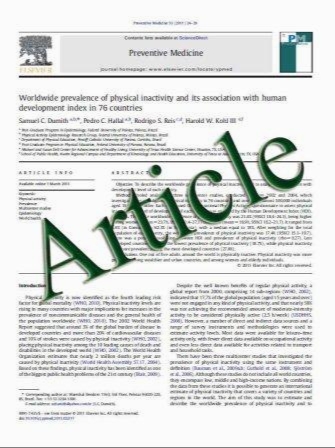Percutaneous vertebroplasty to treat painful myelomatous vertebral deposits—long-term efficacy outcomes
- نوع فایل : کتاب
- زبان : انگلیسی
- مؤلف : Paula Garland & Philip Gishen & Amin Rahemtulla
- چاپ و سال / کشور: 2010
Description
Developed for benign conditions including osteoporotic fractures and haemangiomas, vertebroplasty has since been employed in neoplastic lesions, including myeloma. Advances in myeloma treatments, yielding improved survival times, have led to an increasing need for effective therapies that improve quality of life. The first randomised trials of vertebroplasty to treat painful osteoporotic crush fractures have cast doubt of its benefit over a placebo procedure, with a proposed rationale that fracture healing over time may account for the non-superiority of the results. However, these findings cannot be extrapolated to myeloma where the pathology is one of progressive bony destruction coupled with failure of new bone formation. In this paper, we present the outcome data for myeloma patients treated at our tertiary referral centre over a 5-year period, focusing on both subjective and objective measures of efficacy and safety. Records were reviewed to extract pain score, function and analgesia pre/post-procedure. Where possible, patients were then contacted directly and asked to assess their benefit by grading change in pain score, analgesia use and mobility. Performance status was assessed using the Eastern Cooperative Oncology Group scale. Of the 26 patients treated for painful thoraco-lumbar lesions, 77% reported improved pain score (P<0.003). Analgesia reduction, better mobility and improved performance status were also seen. Our data support the consideration of vertebroplasty as a first-line treatment for painful myelomatous vertebral disease. Prospective randomised studies are now required to further define its role.
Ann Hematol (2011) 90:95–100


